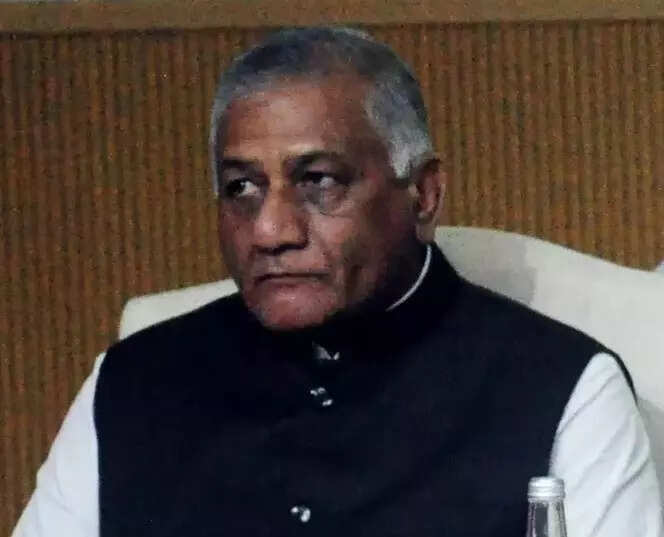
The future and sustainability that we talk of lie in ensuring reduced consumption of fossil fuels. E-mobility stands out as a safer, cleaner and better alternative. Under the AtmaNirbhar Bharat initiative, we have been incentivizing work on finding an alternative. We have made significant progress in hydrogen technology and our hydrogen cell technology will be the cheapest source of energy when it enters the market, said VK Singh, Minister of State for Road Transport and Highways and Civil Aviation at an event on Friday.
“We need to put our heads together. The answer does not lie in looking at solutions outside the country as our problems are unique. We must work on developing the ecosystem, nothing can come up in isolation. We have the capability, the market for e-mobility is taking off globally. The earlier we start realizing our capabilities, the better it is for us. We can become the supplier right at the beginning rather than playing catch-up,” said VK Singh, at the National Conference on Electric Mobility: Strengthening Eco-System – The way forward in New Delhi.
“The government supports the transition to e-mobility. We need to look at possibilities and in intra-city travel, we can concentrate on e-mobility. We need a public transport system that is not only cheaper but is better and attractive enough for people to opt for it. Longer travel on inter-city routes is restrictive right now due to concerns of battery range and availability of charging infrastructure” he added.
Tarun Kapoor, Advisor to Prime Minister, said, “For India, moving from fossil fuels and getting more renewables into the system is important not only from an environmental perspective and our commitments at the international levels. The call for Atma Nirbhar Bharat entails reduced dependence on imports. Our energy needs will keep on growing and so will the transport sector. As a sector, transport accounts for 30 to 35 per cent of energy consumption and contributes about 17% to greenhouse gas emissions. Renewable energy penetration in transport is at a minuscule 1.5 to 2 percent. In 2021-22, 17.5 million ICE vehicles were sold compared to 4 lakh EVs. The government is working to strengthen the eco-system and incentivize the industry through various PLI schemes so that end-to-end manufacturing and value addition for e-mobility can happen in the country.
Nishant Arya, chairman of the National Council on Green Mobility and Vice Chairman of JBM Group, said “Entire Indian electric mobility ecosystem is robust from the process of generation to consumption. There is multiple techs that are being utilized like batteries and charging efficiency levels to make an entire Make in India setup for the world. E-mobility has led to total ownership of manufacturers and startups are playing a key role to boost the sector. There is a great initiative by states to have their own EV policies and R&D Expenditure to harness the full potential of the solar and auto sector.”